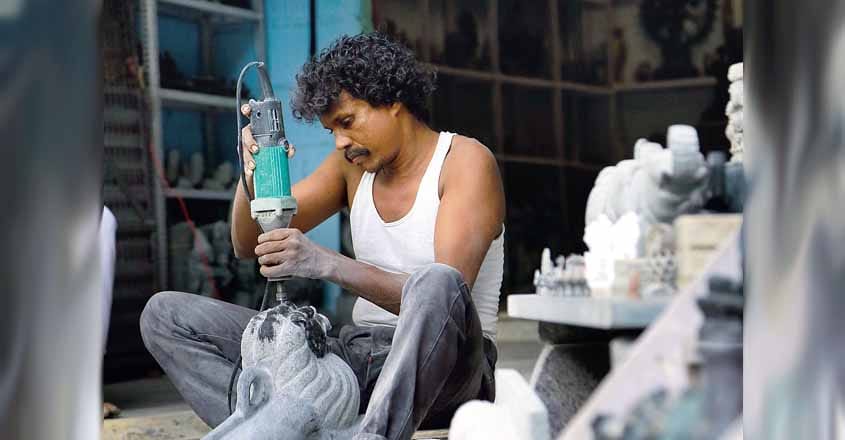Mamallapuram really rocks, thanks to ancient sculptors

Mail This Article
A king who seems to have been in love with battles. One who spent his entire life fighting enemy armies. Invincible in unarmed combat both in his own kingdom and in neighbouring ones. His subjects called him 'Mamallan,' the Great Wrestler. Mamallan believed that his strength was a blessing from the Gods. He built great temples to them, mostly hewn out of enormous rocks.
Eventually, long-drawn battles with the Chalukya, Pandya and Chola kings destroyed Mamallan's dynasty. But the rock temples and sculptures that he had erected survived. These mighty structures continue to dazzle visitors at Mamallapuram, also known as Mahabalipuram, which is a mere 60 km from Chennai.
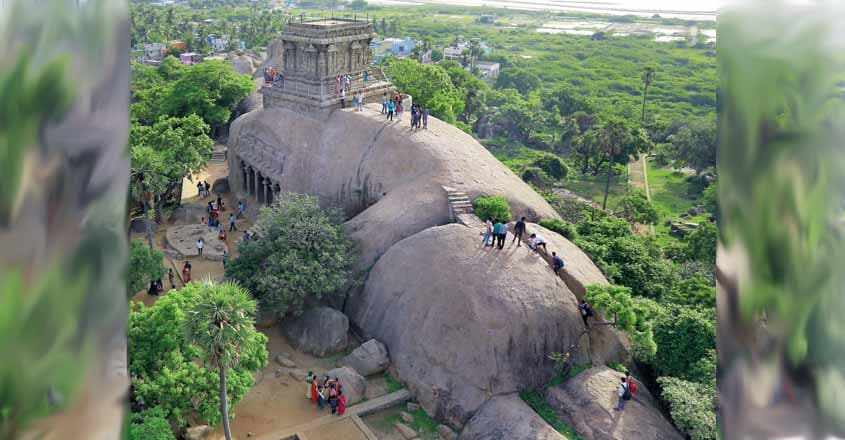
You can’t really enjoy the sights here unless you know something about the history of the Pallava and Chola kingdoms. About 1,400 years separate us from the Pallavas.
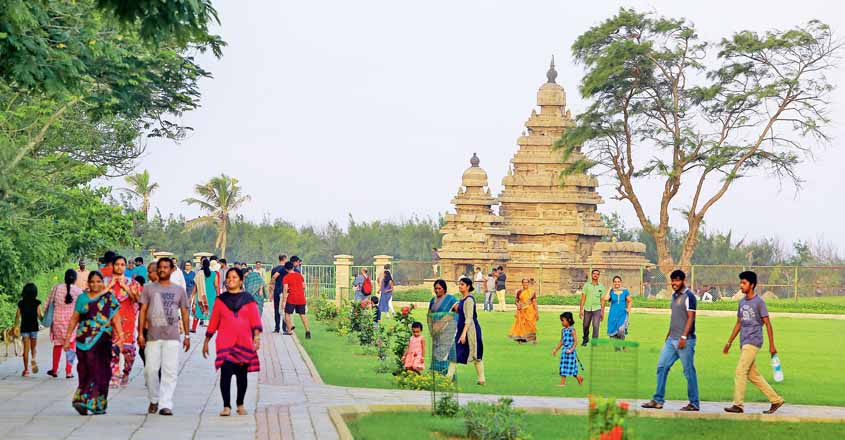
Stone inscriptions speak mostly of battles, victories and defeats. Though these stories in stone are a little sketchy and incomplete, they nevertheless give us a significant peek into the past.
The Pallavas were landlords in Andhra Pradesh. They took control of the Telugu and Tamil speaking populations of the region and established their kingdom in the fourth century C.E. They made Kanchipuram their capital city. Mahendravarman and Narasimhavarman were the kings at the time. Pallavas were devotees of both Maha Vishnu and Shiva and built temples to both Gods. These temples were built in granite and in Dravidian style. They are huge and look very much like palaces. Chariots, pavilions, figurines, ledges, gopurams, dragons, elephants and men have all come to life at the hands of some amazing stone workers.
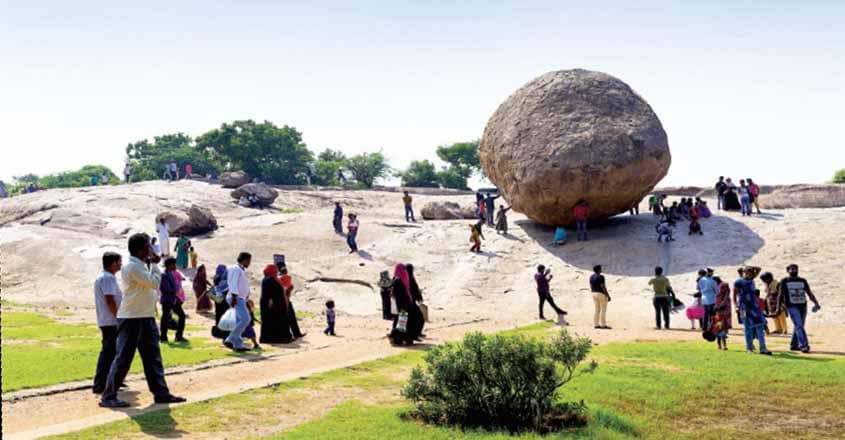
Light house
Mamallapuram is a coastal town on the way from Chennai to Puducherry. The Pallava temples are built on a hill near the beach and have been listed as a UNESCO World Heritage site. These rock temples are a mere 3 km walk from the Mamallapuram broadway. The Pancha rathas, various mandapams, cave temples, the temple on the beach, the colonial light house, the beach itself and the marine museum are the main draws here. There is even a rock here sculpted to look like a round dollop of butter in Lord Krishna’s hand. All said, there surely are enough attractions here to keep you engaged from 10 in the morning to a good 4 in the evening.

Centuries later, the Britishers took advantage of Mamallapuram's geographical location to build a lighthouse on the beach to guide the ships sailing in the Bay of Bengal. The lighthouse was out of bounds for tourists until recently. It was opened to the public only after attacks by the Tamil Tigers had died down in Sri Lanka. A 10 rupee ticket will get you right to the top where you can literally breathe on the light bulb of the lighthouse. You will also get a wonderful view of Mamallan's rock temples, caves, the beach, the town and everything around.
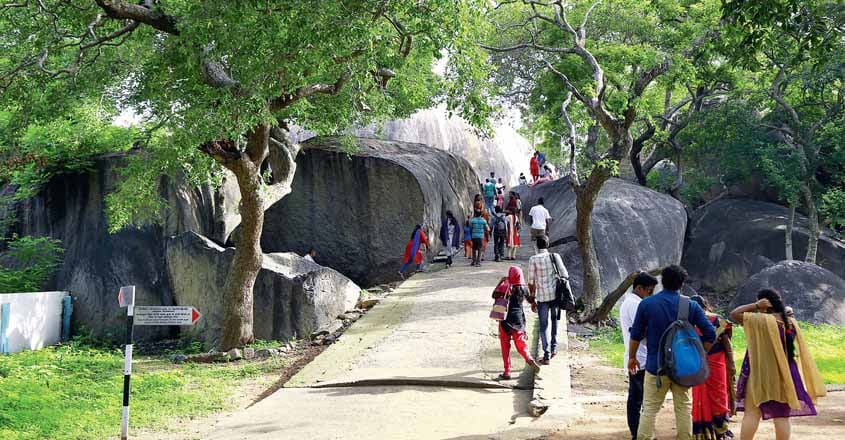
You can also take some beautiful pictures from there. Some of the old British nautical equipment and navigational tools are on display at the Mamallapuram museum. A few old lamps from the lighthouse, parts from old ships and other interesting navigational items can also be seen. Close to 200 years of maritime history is preserved in this museum.
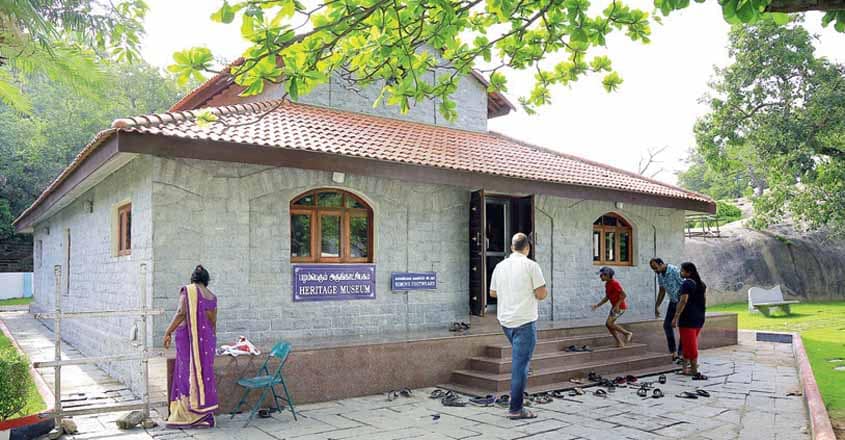
A short walk away is the shore temple, one of the top attractions of Mamallapuram. Historians say that the roof of this temple is modelled after the Pagoda. The temple faces west and has Shiva and Parvathy as the deities. It also houses an idol of Lord Vishnu in his famous recumbent posture called 'ananthashayanam.' Carved depictions of scenes from Lord Krishna's life like 'krishnaleela' and 'kaliyamardana' decorate the walls of the temple.
The way to the cave temples stretches from near the museum. The rocky pathway runs through some huge leaning rocks and expansive trees. As you walk along the path the top of the light house looms some distance away. The path leads to the cave temple. A little away are the Arjuna Thapas, Mahishasura Mardini temple, the Varaha cave temple and Krishna's butter ball rock.
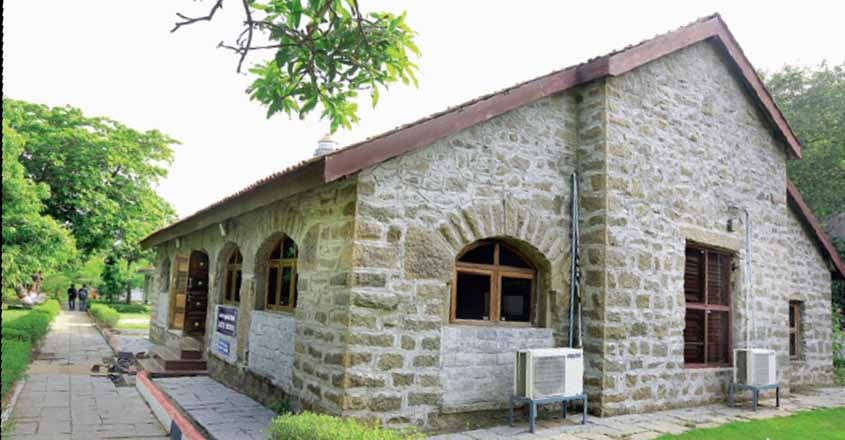
Arjuna's penace
The first to come along the way is Arjuna Thapas. This is where Arjuna is believed to have conducted his penance to get Shiva's Pashupatastra. The place is also known as Ganga Pathanam, the Descent of the Ganges. The temple where Arjuna meditated is replete with sculptures of Brahmins, the sun and the moon, and mythical beings like Gandharvas and Yakshis.

Then comes the Krishna Mandapam. The sculpture of Krishna lifting the Govardhan hill is the centre piece here. There are large numbers of cows and Yadukula girls all around. The Krishna Mandapam is larger than Arjuna Thapas. The huge monolithic sculptures and the smaller statuettes here show the expertise of the Pallava sculptors. Krishna’s butter ball is an astounding round stone magically perched on a rocky slope. It is a paean to the amazing skill of the Pallava sculptors.

As you walk further you come to the Adi Varaha cave temple. Varaha, which is one of Lord Vishnu’s ten incarnations, is the main sculpture here. Varaha is seen rescuing the earth from the dark ocean waters. There are figurines of humans and the Goddess Durga on the walls. The Pallava sculptors have really gone overboard with their magic in stone here. Dharmaraja Mandapam, Kottikal Mandapam, Mahishasura Mardini cave, Koneru Mandapam and Ganesha Ratha are some of the other attractions further along.
Pancha rathas
The sculptural delights created by the Pallavas on the hills end here. But that’s not all. Barely two kilometres away stand the Pancha Rathas. The Pancha Rathas (the Five Chariots) are square, circular and triangular shaped monolithic structures named after the five Pandavas from the Mahabharatha. The tallest amongst them is the Dharmaraja Ratha. Arjuna Ratha, Draupadi Ratha, Nakula Ratha and Sahadeva Ratha make up the rest. The Arjuna Ratha is shaped like a hut. Draupadi Ratha has a granite lion guarding it in the front. The temple also has two huge sculptures of an elephant and Nandi the gate-guardian of Kailasa.
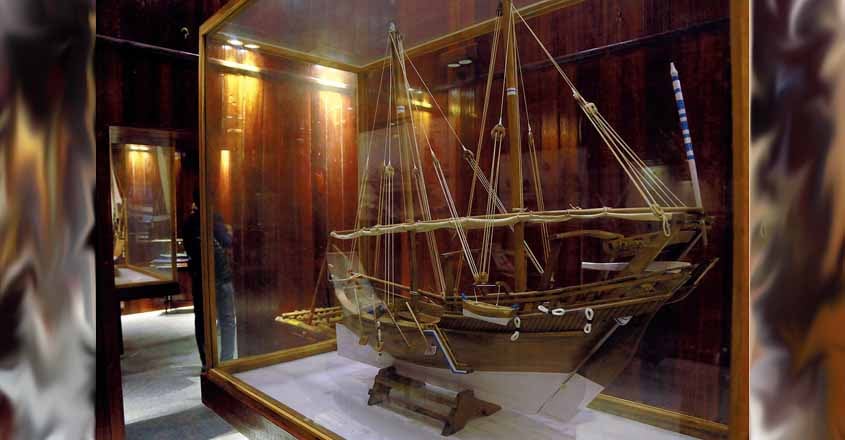
We know so little about how and when these amazing structures were built. The name of the King and the dates engraved on the walls are the only guides. But one thing is for sure. We cannot match the skill and proficiency of the wonderful stone sculptors of Mamallapuram. Not in a thousand years.
